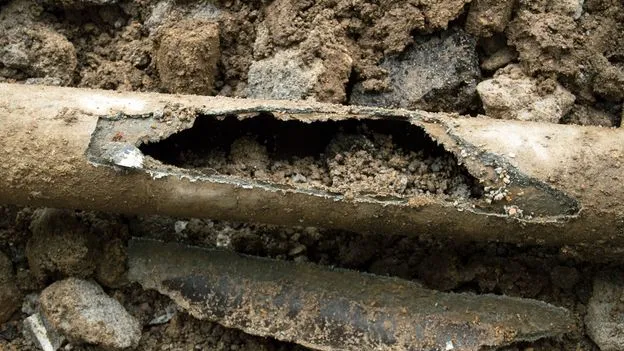Hundreds of thousands of miles of pipes made from asbestos cement deliver drinking water to people around the world, but are reaching the end of their lifespan and starting to degrade. Scientists are now debating whether this could pose a risk to human health.
“The water pipe burst on the top of the hill and flooded into the gas network,” remembers Alan Walker, owner of the Village Stores in Stannington, a suburb of Sheffield on the edge of the Peak District in England. “By the morning, people were turning on their gas hobs and water was coming out. It was one of the worst winters we had. We were one of the last houses to be reconnected, 13 days later.”
He is recalling an incident from December 2022. The burst water main affected more than 3,000 homes, and around 10,000 people in Stannington. More than a year on, it should be just a bad memory of a cold and unpleasant winter. But the water burst highlighted another nagging concern.



Also have worked in the water industry, and the knife comparison is apt. I was confused by the article, AC is an issue for the crews cutting out chunks but they use water to ensure the particles don’t get air borne. It’s about breathing it in and not about
The burst water pipe part did it for me especially. AC is starting to deteriorate but when pipes are pressurized like that a break doesn’t mean particulates are going into the water system.